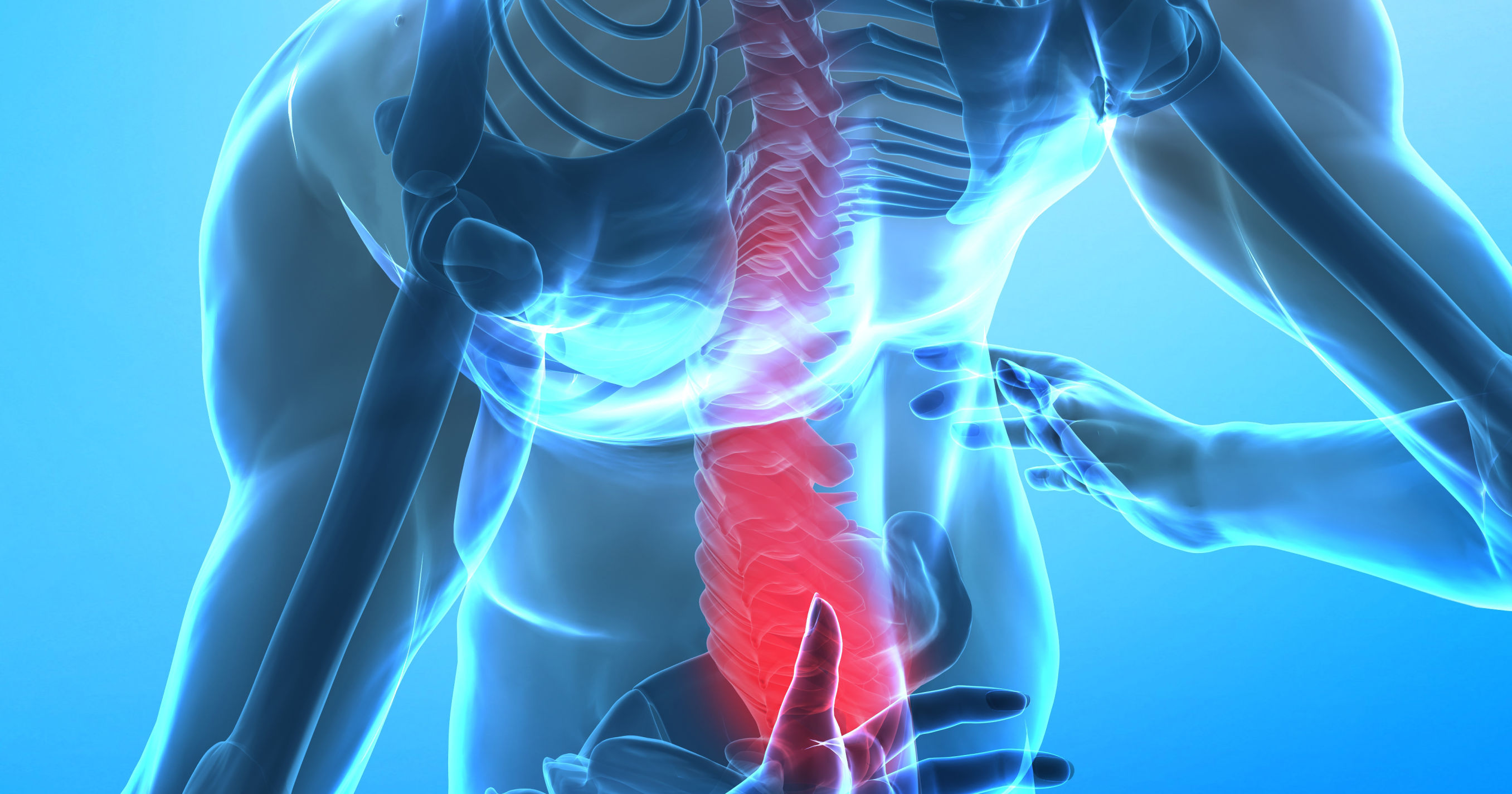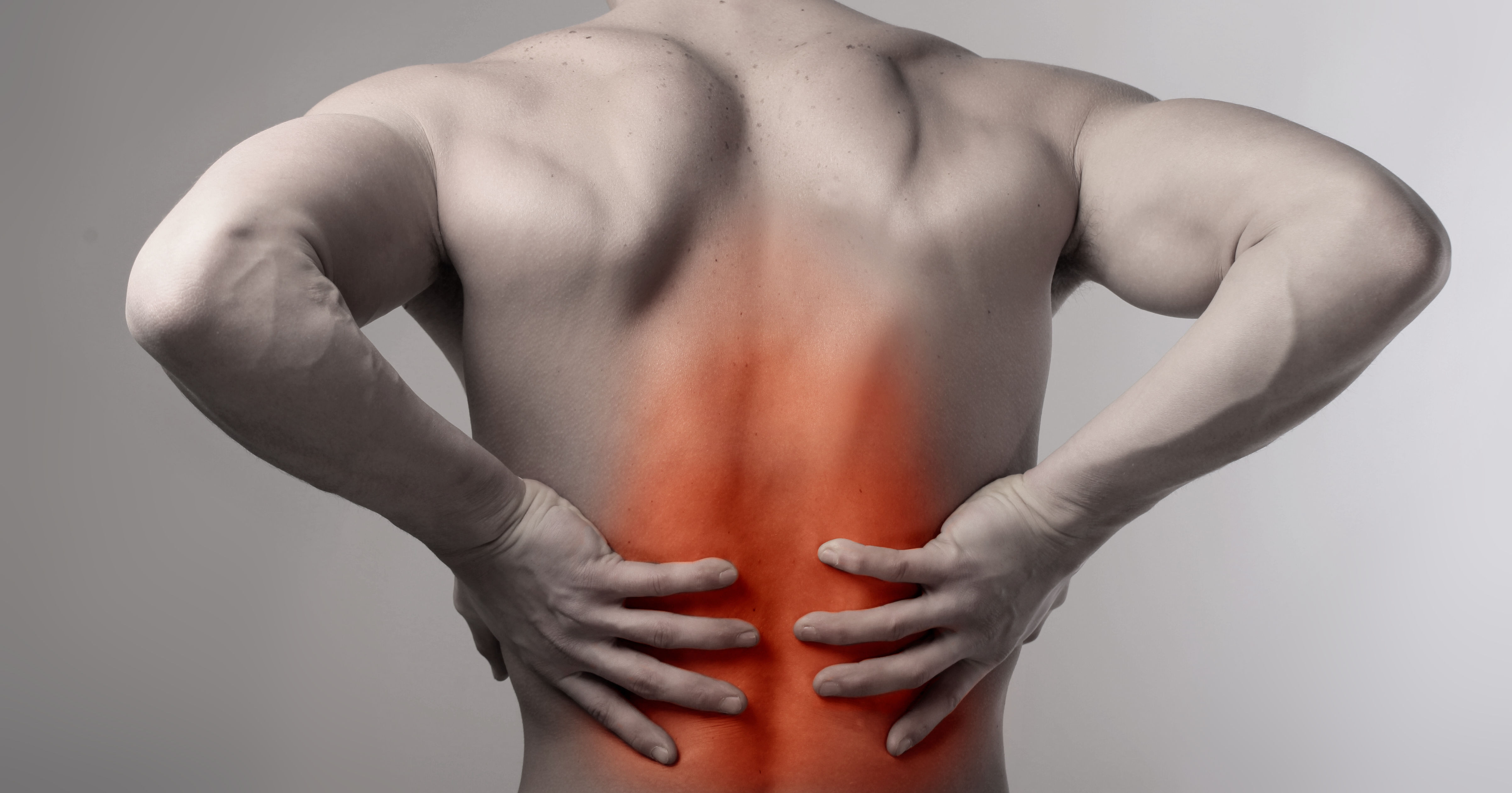 Over 2 million people are hurt each year in auto accidents in the U.S. While most people are able to recover from their injuries relatively quickly, many are left to deal with chronic pain and disability. We see many of these patients here in our Humble office. Thankfully, Dr. Groneck is here to help you heal from your auto injury.
Over 2 million people are hurt each year in auto accidents in the U.S. While most people are able to recover from their injuries relatively quickly, many are left to deal with chronic pain and disability. We see many of these patients here in our Humble office. Thankfully, Dr. Groneck is here to help you heal from your auto injury.
Research Proves Chiropractic Helps Prevent Chronic Pain After an Auto Accident
The science confirms what we see in our office: A British study was carried out on 28 men and women diagnosed with chronic whiplash syndrome. Each participant received chiropractic treatment and 93 percent of them experienced improvements following their adjustments, even though 43 percent of whiplash sufferers overall usually never find relief. This confirms that chiropractic care is a great way to avoid chronic pain after a crash.
It's important to remember that research has also found that delaying care after a car crash can negatively affect recovery time, so getting in to see Dr. Groneck as soon as possible is key to having a quicker recovery.
We Can Help Patients Find Comfort From Pain After a Car Collision
Dr. Groneck has worked with many auto injury patients, and we're here to help you, too. Call our Humble office today for more information or an appointment.
Resources
- Association for Safe International Road Travel. Retrieved from http://asirt.org/initiatives/informing-road-users/road-safety-facts/road-crash-statistics
- Dies S & Strapp J. (1992, September). Chiropractic treatment of patients in motor vehicle accidents: a statistical analysis. The Journal of the Canadian Chiropractic Association, 36(3), 139-145.
- Woodward M et al. (1996, November). Chiropractic treatment of chronic 'whiplash' injuries. Injury, 27(9), 643-645.



Dr. Groneck
We are dedicated to providing a comprehensive approach to helping you achieve optimal health by looking at the synergy of the whole person, not just a collection of parts. We combine standard medical testing with functional medicine testing to gain an in-depth understanding of what is wrong and, equally important, how to fix it.